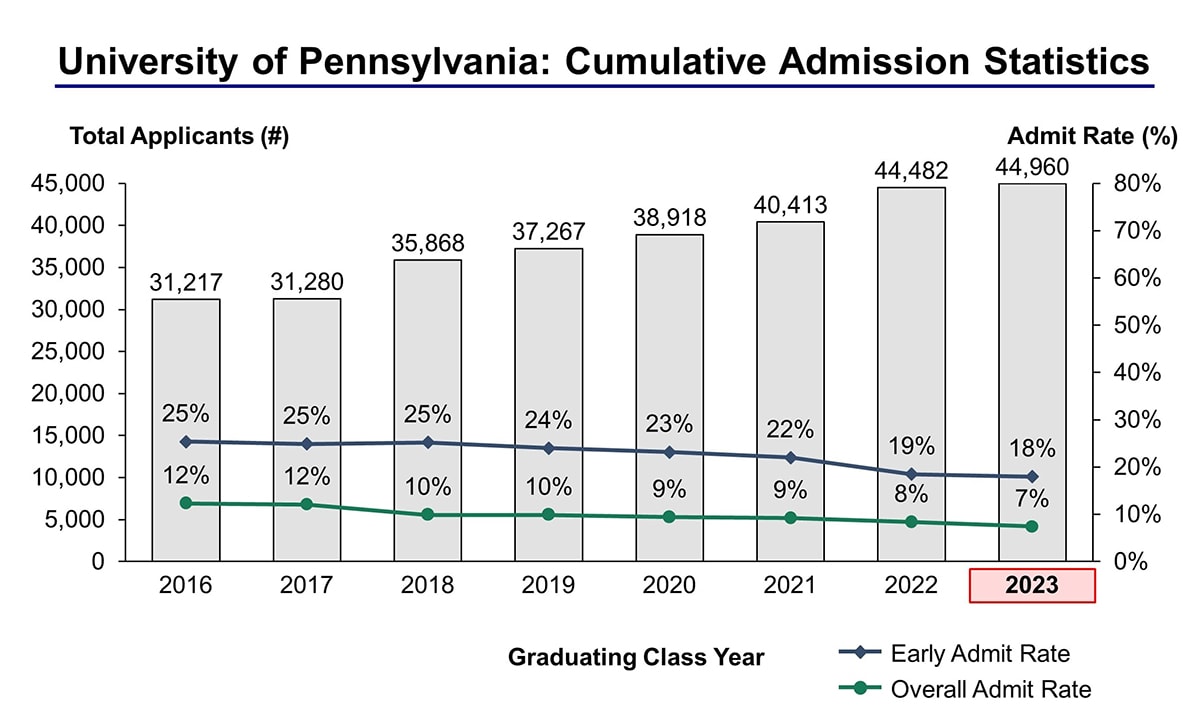
#Physics 101 upenn registration
Registration also required for Lecture (see below) General Physics: Mechanics, Heat and Sound Registration also required for Laboratory (see below) Students with AP or Transfer Credit for PHYS 91 or PHYS 93 who complete PHYS 101 will thereby surrender the AP or Transfer Credit. Credit is awarded for only one of the following courses: PHYS 008, PHYS 101, PHYS 150, or PHYS 170. Suggested for students in a pre-health program. Permit required.Īn introduction to the classical laws of motion, including kinematics, forces in nature, Newton's laws of motion, conservation of energy and momentum, fluid statics and dynamics, oscillations, and waves. 5 course unit and student received grade. Only for students with above prerequisite. Prerequisite: AP score of 5 on the Physics B or Physics C - Electricity and Magnetism exam, or transfer credit for PHYS 92 or PHYS 94. Permit required.Įxperiments in electromagnetism and optics.

Prerequisite: AP score of 5 on the Physics B or Physics C - Mechanics exam, or transfer credit for PHYS 91 or PHYS 93. Target audience: Non-science majors (although science/engineering students are welcome).Įxperiments in classical mechanics. May be counted as Science Studies for students in Class of 2009 and prior. We will examine a number of alternative modes of energy generation - fossil fuels, biomass, wind, solar, hydro, and nuclear - and study the physical and technological aspects of each, and their societal, environmental and economic impacts over the construction and operational lifetimes. We describe the physical principles of energy, its production and consumption, and environmental consequences, including the greenhouse effect. The developed world's dependence on fossil fuels for energy production has extremely undesirable economic, environmental, and political consequences, and is likely to be mankind's greatest challenge in the 21st century.

We will approach these topics from both theoretical and observational perspectives.

The course will cover the structure of stellar interiors, nuclear reactions and the formation of elements, stellar evolution, supernovae, and the physics of white dwarfs, neutron stars, and black holes. This is an advanced undergraduate course on the life and death of stars.

Emphasis is on the key elements of modern cosmology: the mathematical model of the expanding universe, the cosmic microwave background, the early universe and the emergence of large-scale structure in the present universe. The course covers fundamental knowledge of Einstein's gravity, the contents of the universe, and the structure and distribution of galaxies. Physical science majors and engineering students should prefer ASTR 211 to this course.Ī basic course for majors in physical sciences and engineering require for the astrophysics concentration. This course is designed for the non-major and elementary algebra and geometry will be used. Topics include the latest results and theories about: the origin and evolution of planetary systems around our Sun and other stars the detection of exoplanets the implications of planetary atmospheres for life and the search for life on other planets in our Solar System. Engineering students receive no credit for this course.Ī survey course on planets and life covering our own Solar System and exoplanets orbiting other stars. This course is not recommended for physical-science majors or engineering students. Elementary algebra and geometry will be used. Topics include planets, satellites, small objects in the solar system, and extraterrestrial life stars, their evolution, and their final state as white dwarfs, neutron stars, or black holes galaxies, quasars, large structures, background radiation, and big bang cosmology. A general survey, designed for the non-major, of the facts and theories of the astronomical universe, from solar system, to stars, to galaxies and cosmology.


 0 kommentar(er)
0 kommentar(er)
